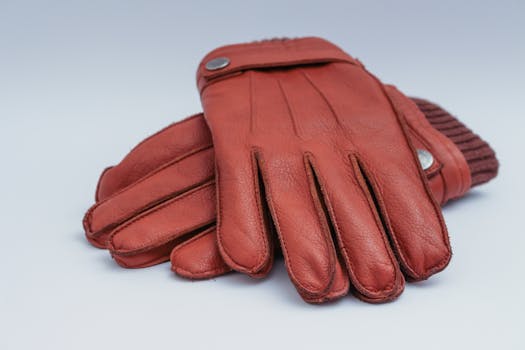Introduction
Cleaning is an essential part of maintaining a healthy and hygienic environment, whether at home or in the workplace. However, many people overlook the importance of protecting their skin and nails while using various cleaning products. The chemicals in these products can be harsh and damaging, leading to skin irritations, allergic reactions, and long-term health issues. This article explores the significance of wearing protective gloves when using cleaning products and provides valuable insights into how to safeguard your skin and nails.
The Risks of Cleaning Products
Cleaning products often contain a variety of chemicals designed to eliminate dirt, grime, and bacteria. While effective, these substances can pose significant risks to your skin and nails. Some common risks include:
- Skin Irritation: Many cleaning agents contain strong acids or bases that can cause redness, itching, and burning sensations upon contact with the skin.
- Allergic Reactions: Some individuals may develop allergies to specific ingredients in cleaning products, leading to rashes or more severe reactions.
- Nail Damage: Prolonged exposure to cleaning chemicals can weaken nails, making them brittle and prone to breaking.
- Long-term Health Issues: Regular exposure to harmful chemicals can lead to chronic skin conditions or respiratory problems.
Statistics Highlighting the Importance of Protection
Understanding the risks associated with cleaning products is crucial. According to the American Association of Poison Control Centers, cleaning products are among the top five categories of substances involved in poisonings. Furthermore, a study published in the journal “Environmental Health Perspectives” found that women who frequently use cleaning products are at a higher risk of developing respiratory issues similar to those experienced by smokers. These statistics underscore the importance of taking precautions, such as wearing protective gloves.
Types of Protective Gloves
When it comes to choosing the right gloves for cleaning tasks, several options are available. Each type of glove offers different levels of protection and comfort:
- Latex Gloves: These are commonly used for light cleaning tasks. They provide a good fit and dexterity but may cause allergic reactions in some individuals.
- Nitrile Gloves: A great alternative for those allergic to latex, nitrile gloves are durable and resistant to a wide range of chemicals.
- Rubber Gloves: Ideal for heavy-duty cleaning, rubber gloves offer excellent protection against harsh chemicals and are often used in commercial settings.
- Vinyl Gloves: These are less durable but are suitable for short-term use and are often used in food preparation.
Best Practices for Using Protective Gloves
To maximize the effectiveness of protective gloves while cleaning, consider the following best practices:
- Choose the Right Size: Ensure that the gloves fit snugly but are not too tight, allowing for comfort and dexterity.
- Inspect for Damage: Before use, check gloves for any tears or holes that could compromise protection.
- Wash Hands Before and After: Always wash your hands before putting on gloves and after removing them to minimize the risk of contamination.
- Use Gloves for All Cleaning Tasks: Make it a habit to wear gloves for all cleaning activities, regardless of the product being used.
Case Studies: Real-Life Impacts of Neglecting Protection
Several case studies illustrate the consequences of neglecting to wear protective gloves while cleaning:
- Case Study 1: A 35-year-old woman developed severe dermatitis after regularly using bleach-based cleaners without gloves. Her condition required medical treatment and resulted in significant discomfort.
- Case Study 2: A janitor who frequently used industrial cleaning products without gloves experienced chronic respiratory issues, leading to a diagnosis of occupational asthma.
Conclusion
Wearing protective gloves when using cleaning products is not just a precaution; it is a necessary practice to protect your skin and nails from harmful chemicals. The risks associated with cleaning products are significant, and the statistics highlight the potential long-term health issues that can arise from neglecting this simple yet effective measure. By choosing the right type of gloves and following best practices, you can ensure a safer cleaning experience. Remember, your skin and nails deserve protection, so make it a habit to wear gloves every time you clean.
